Gordafarid Salahshouri, Citizen Journalist
This Nowruz holiday was an opportunity for me, a harmless old woman, to socialize, pay visits and receive visitors. The families who came to visit me during the Persian New Year invited me to their homes to continue our discussions, put our minds together and build a future that “the majority of the people under 50” imagine.
When the new year arrived, people in almost all high-rise buildings in Tehran and in many small and big cities shouted the same slogans as in the previous six months.
In the last Thursday before Nowruz, mourners gathered over the graves of those who had lost their lives to merge their anger and grief with their hope for a better future, just like the broke and hungry farmers in John Steinbeck’s novel “The Grapes of Wrath.” Whenever possible, they also stormed social media so that these days would be recorded in the history of their country.
Of course, there were no signs of street demonstrations calling for the downfall of the regime, and this deluded domestic media and interrogators in prisons into thinking that “things have quieted down.”
However, protests by retirees and workers have just started here and there, though on the surface, their demands are still work-related. In visits to a few towns and villages in Markazi province, I found out from families who were traveling with me that, even among the poor and the residents of small towns, the minds are irrevocably focused on a post-Islamic Republic world. Literate and semi-literate villagers feel that the regime is “doomed to fall apart.” Village heads and elders I knew were not afraid to talk to me about the inevitable fall of the ruling regime. One encouraging sign of the changes in attitudes was that, unlike when I was young, old men of my age took an educated old woman from the city seriously and repeatedly asked me to predict an approximate date for the downfall of the regime. I was even offered to make a bet on its exact date.
In villages around Qazvin and Saveh, my eyes were caressed by walls covered with the slogan “Woman, Life, Freedom” that were overlaid with black streaks or the words “Islamic zeal.” But better than that were the Starlink antennas that I saw with my own eyes in a radius of a one-hour drive to the west of Tehran. These antennas providing speedy internet access cost from 700 to 1,000 US dollars.
During my Nowruz visit to Qazvin, I met a journalist who was released on bail on the eve of the new year. He talked about the anxieties of his interrogators who repeatedly wanted him to make predictions favorable to the Islamic regime. They tried to convince this journalist that street demonstrations were ending and that there was no way they would lead to the downfall of the regime.
The journalist told me: “I felt a lack of self-confidence in the voices of my interrogators.”
Then a heated argument broke out between the journalist and an old uncle who was also the neighborhood’s elder.
“My experience and my white beard tell me that until Mr. Khamenei (Supreme Leader Ali Khamenei) is dead, nothing will happen that would lead to the downfall of the regime,” said the uncle.
“If by then the opposition cannot organize and agree on a plan to get rid of this regime, then his death, like the death of [Ruhollah] Khomeini (Khamenei’s predecessor), will be used as an excuse to justify a deal with the US and a few deals with Western corporations, and it will lead to more frustration, more emigration and more brain drain,” the journalist said.
A young man who was among the guests said loudly: “They must be gone by the end of this year. Otherwise, I will leave this village and this country even if I have to travel to Greece or Italy on a sailboat.”
The journalist said: “In an elegy that [the literary scholar] Shahrokh Meskoob wrote around one year after the [1979] victory of political Islam in Iran…he complains about the haste of the revolutionaries and blames this improper haste for the subsequent tragedies. The few months I spent in prison taught me that we still need a lot of haggling and arguing among the opposition inside and outside the country. By setting deadlines and specific dates for the regime’s downfall, we only rob hope from those who are hopeful today.”
At this moment an educated and activist man who installs Starlink equipment joined us for tea: “These days, my mission is to install all kinds of unfiltered communication equipment. For a few weeks in recent months, I was a guest at a Basij (paramilitary force) detention center near [Tehran’s] Azadi Square until a Revolutionary Guard who is a friend of my father managed to get me released. During those few weeks, I became convinced that we must separate religion from the government, even if we must do this by the force of bayonets. In other words, we must finish what Reza Shah started...The underpinnings of the economy of the Shia clergy that is based on Khums (payment of one-fifth of one’s profits to the clergy and for religious goals) must be uprooted, and mosques and seminaries must be repurposed. In short, all the obstacles preventing the impoverishment and weakening of the clergy must be removed.”
Ziba, a well-read civil and political activist from Tehran’s Ekbatan Town, was among us: “Right now, we have around half a million clergymen who teach and study at seminaries across the country that have financial relations with 10,000 mosques. Each one of these mosques have financial relations with tens of shops and banks and have so much income that, even after the Islamic Republic, they can train a new generation of proselytizers for political Islam. Just have a look at Noor Mosque in Tehran’s Fatemi Square and Bank Sepah next to it.”
The Starlink installer said: “That’s why I insist that we must finish Reza Shah’s half-finished work…the clergy had the opportunity from 1941 (when the allies forced Reza Shah to abdicate) to 1978 to prepare itself to take power. Contrary to popular belief, history has no ‘dustbin’ and, when the time is right, reactionary beliefs can find enough followers and a popular leader.”
Ziba said: “So, until further notice, meaning for years after the downfall of the regime, there’ll be no democracy and freedom of expression that Iranians in Western Europe and North America are enjoying nowadays?”
“If you mean freedom of expression for the clergy and institutions that proselytize political Islam, the answer is ‘yes,’ there won’t be. As Ramin Parham (an Iranian actor and writer who authored the book “Modern Constitutionalism”) suggests, they must return to where they came from, i.e., Najaf in today’s Iraq. Or, if they stay in post-Islamic Republic Iran, they must be re-educated to be useful so that nobody makes a living off the Shia religion or any other Islamic and or non-Islamic religion.”
visit the accountability section
In this section of Iran Wire, you can contact the officials and launch your campaign for various problems






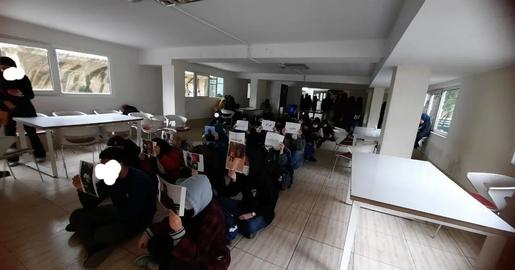
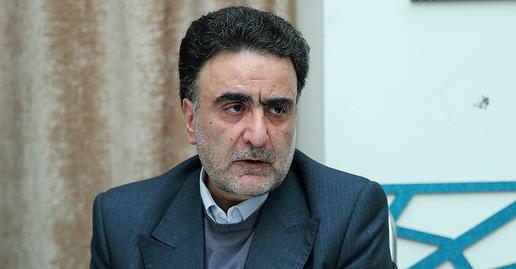
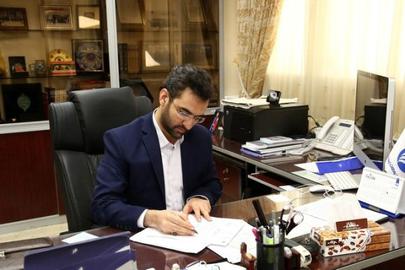
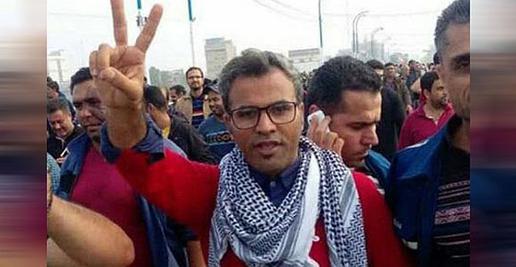
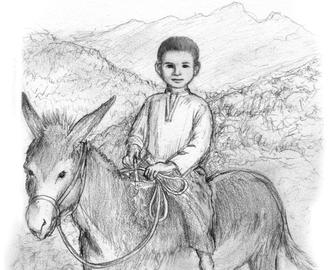

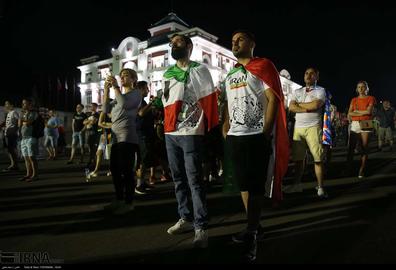
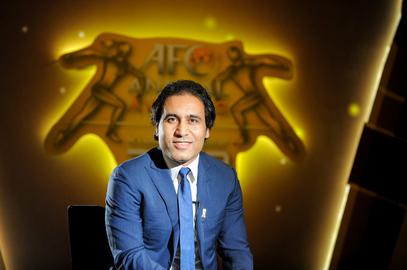

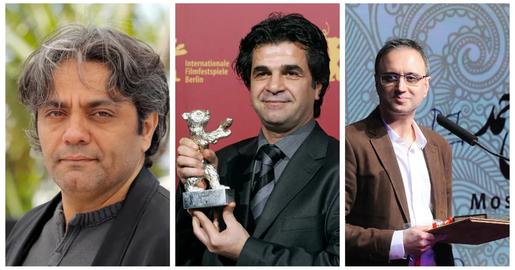
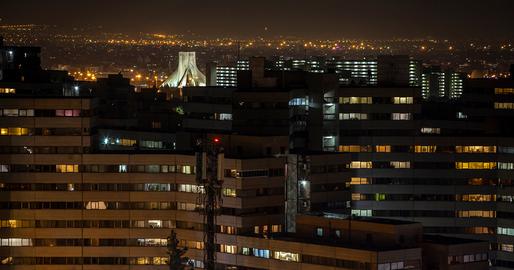
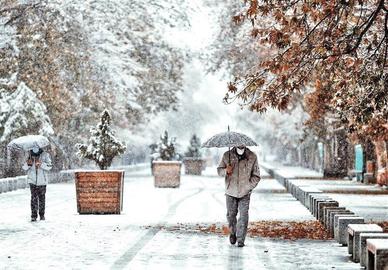
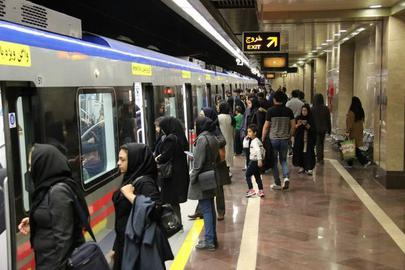

comments